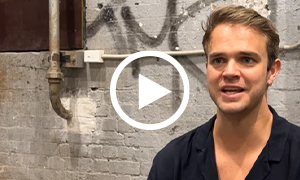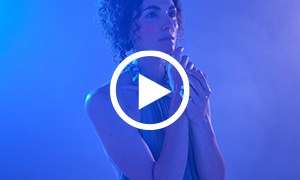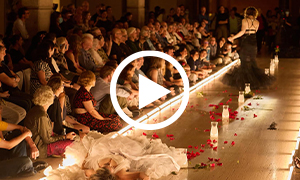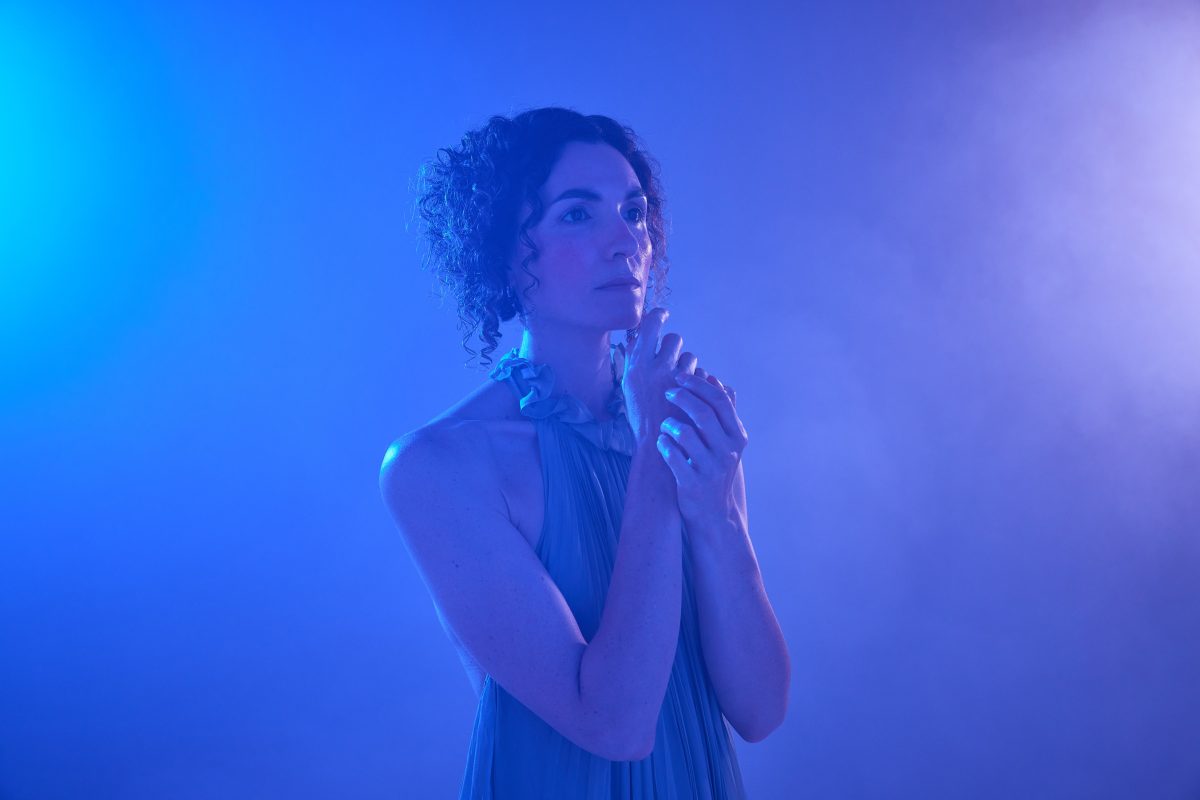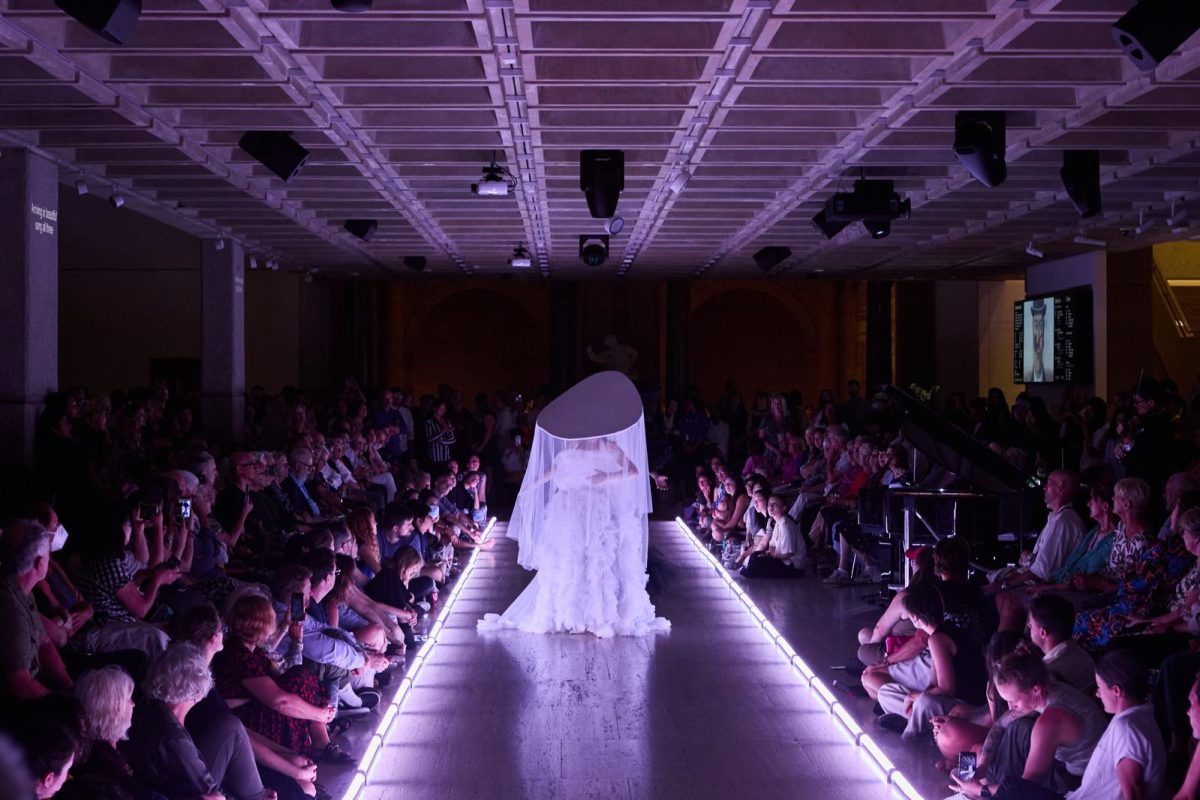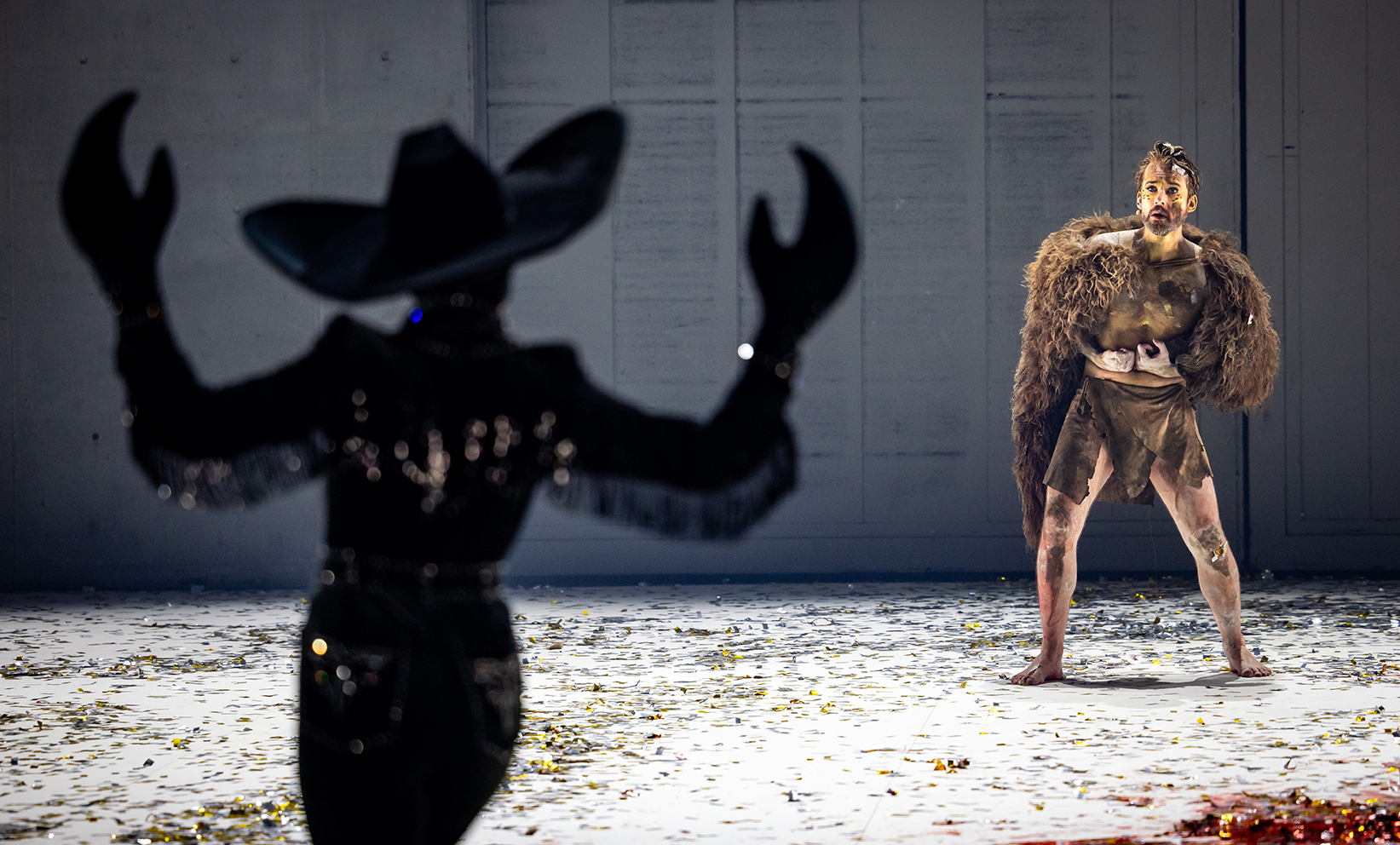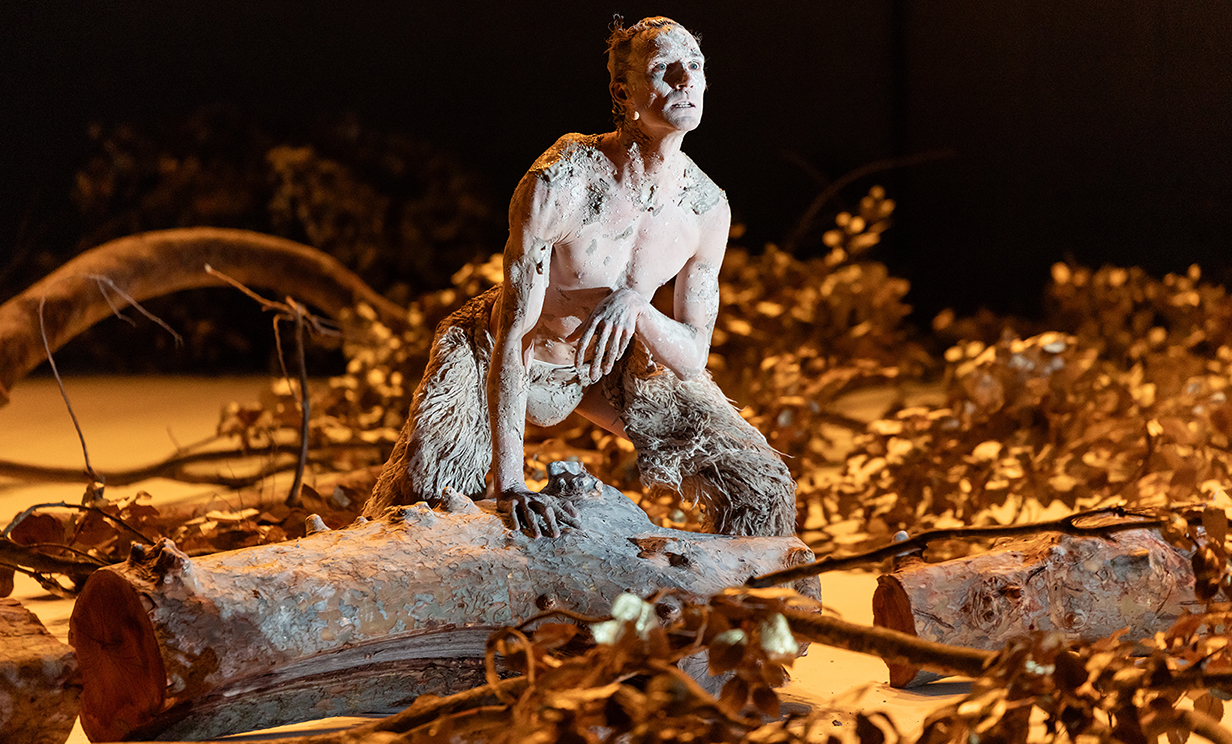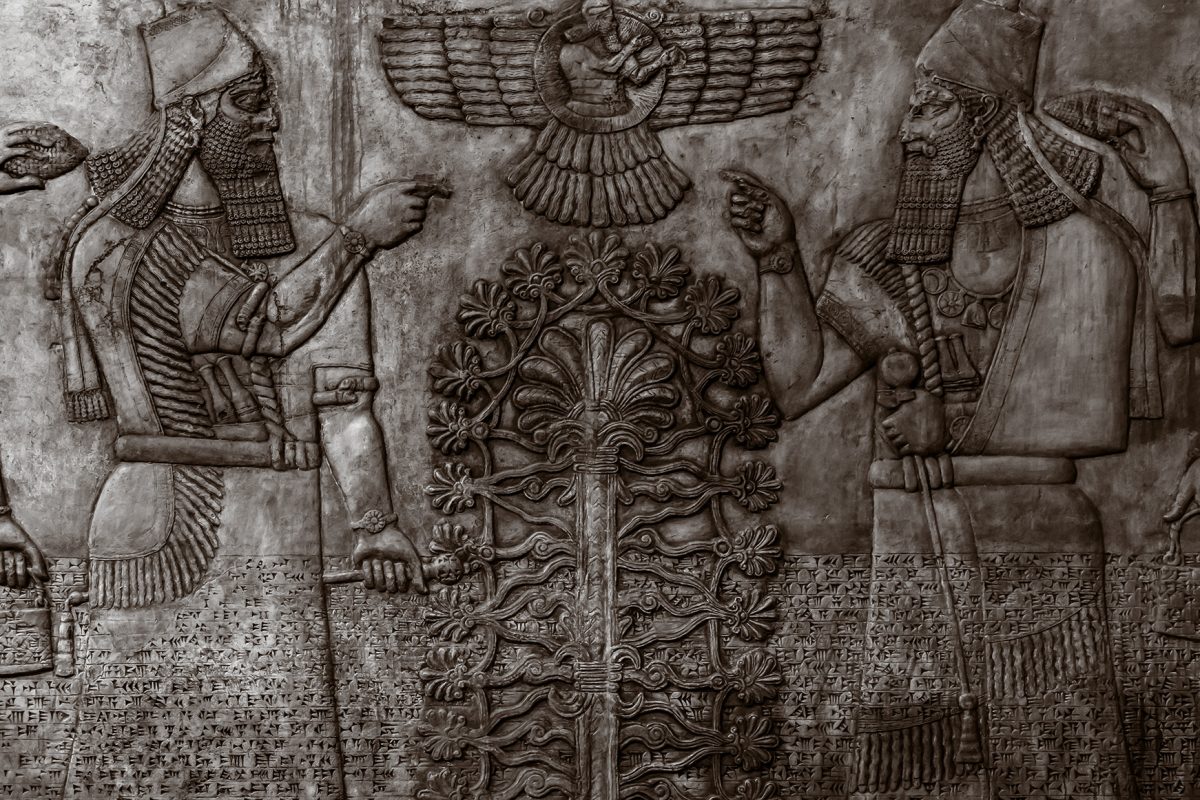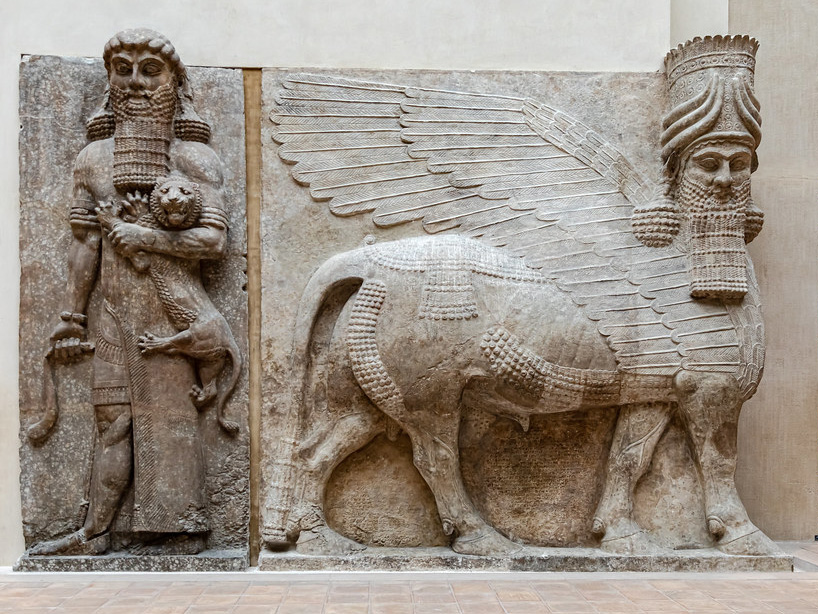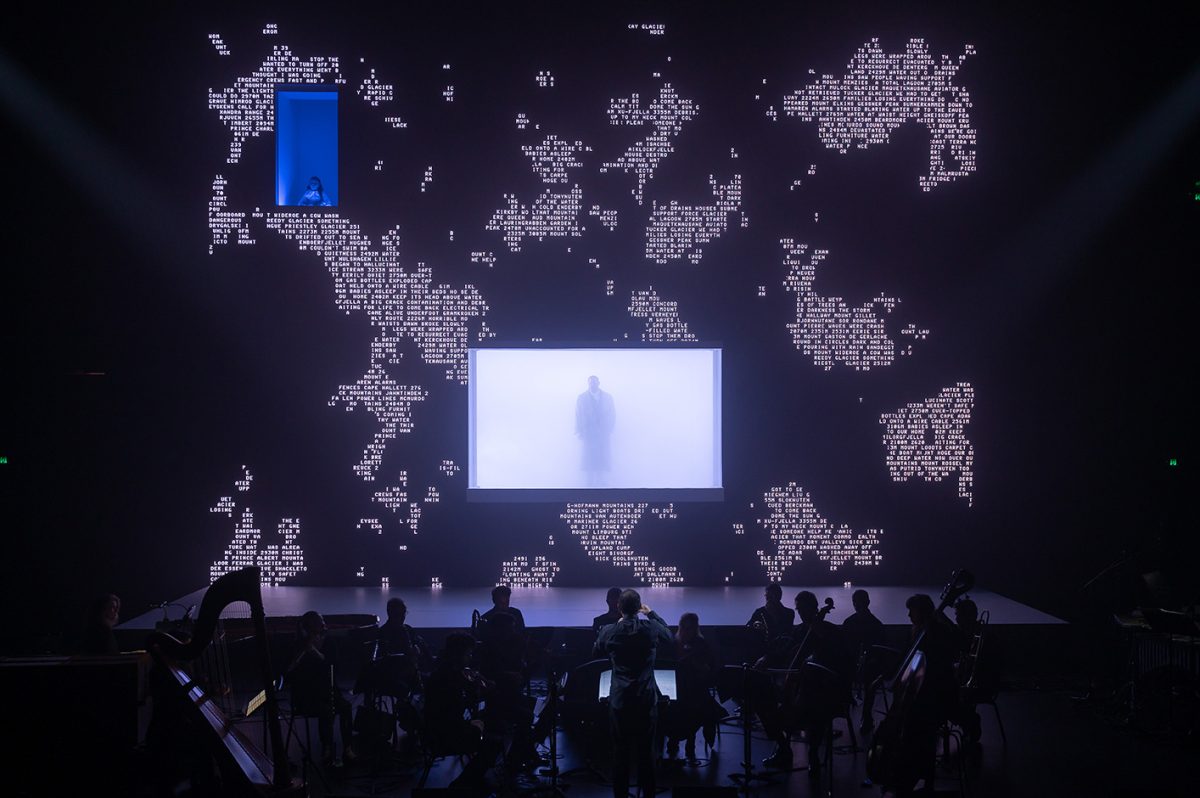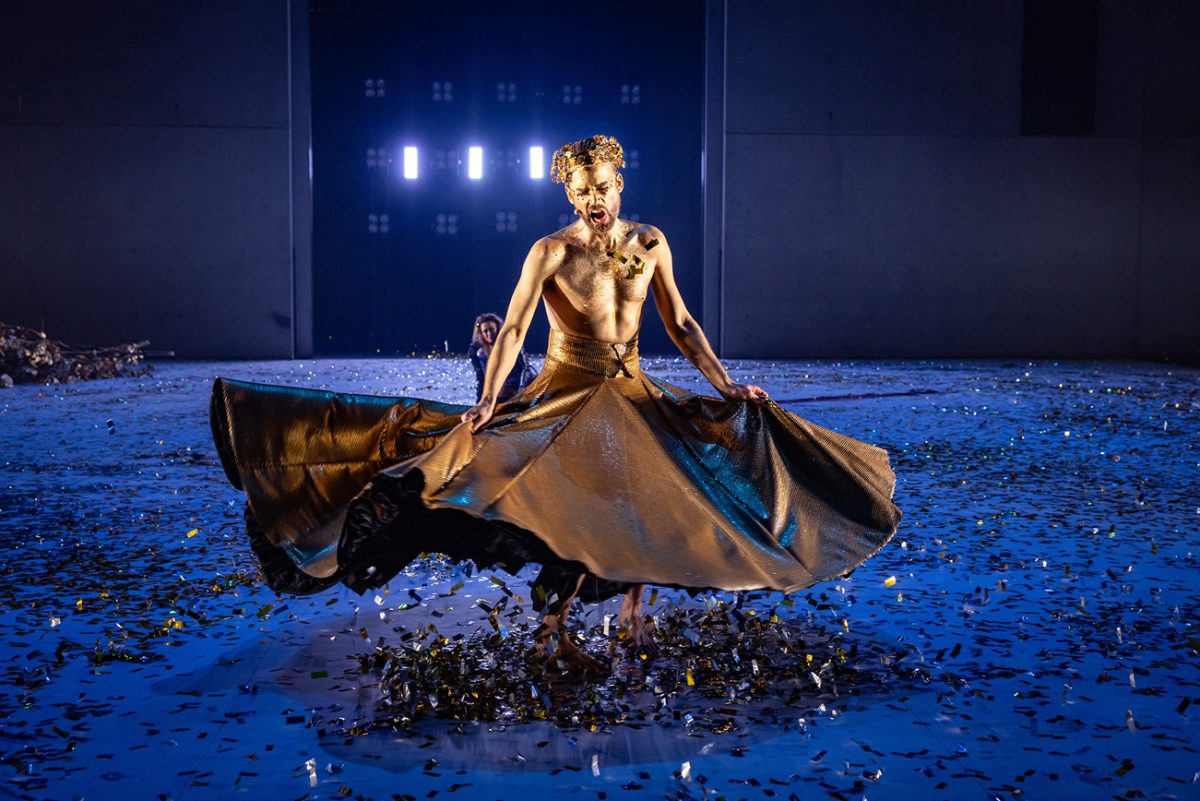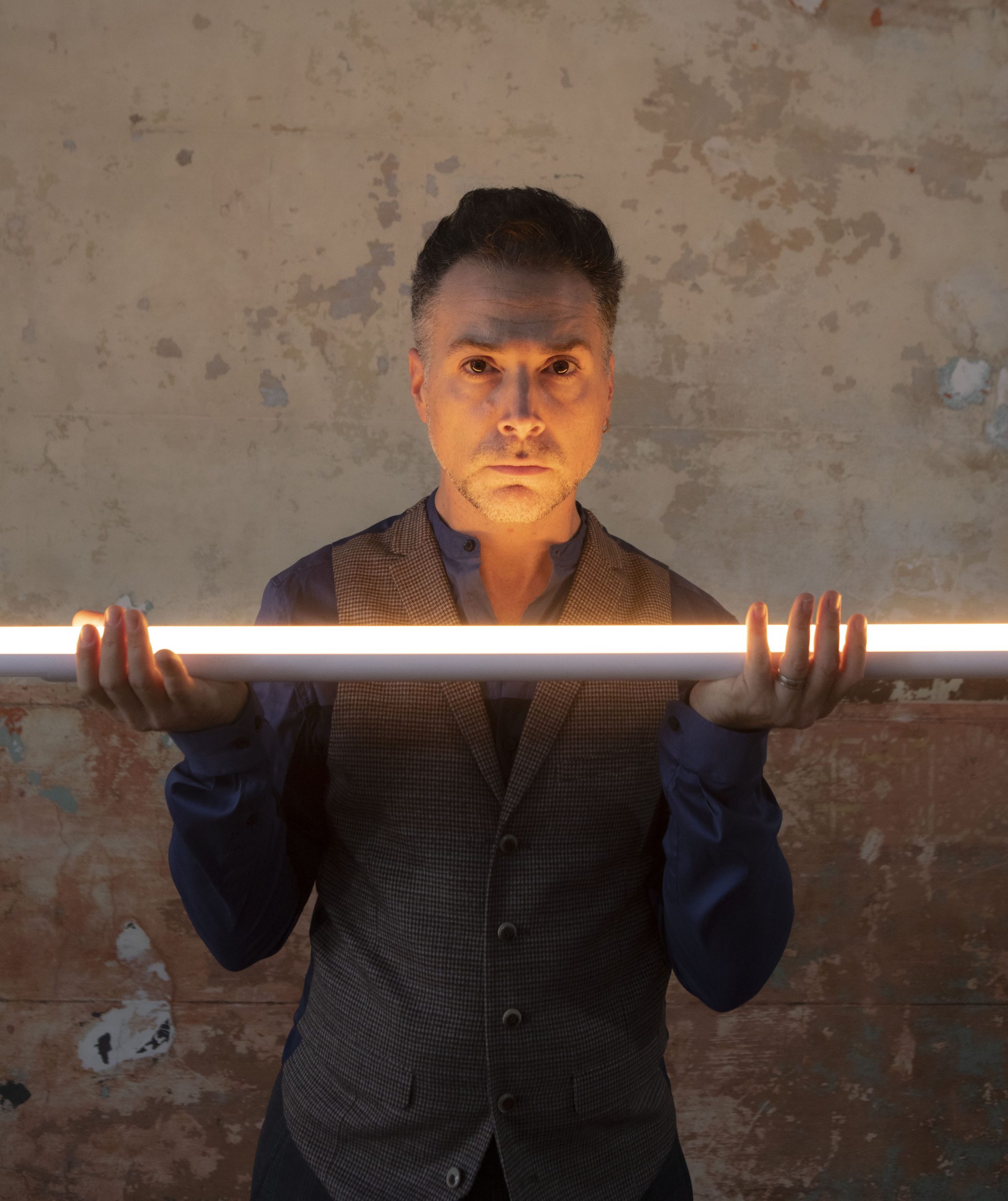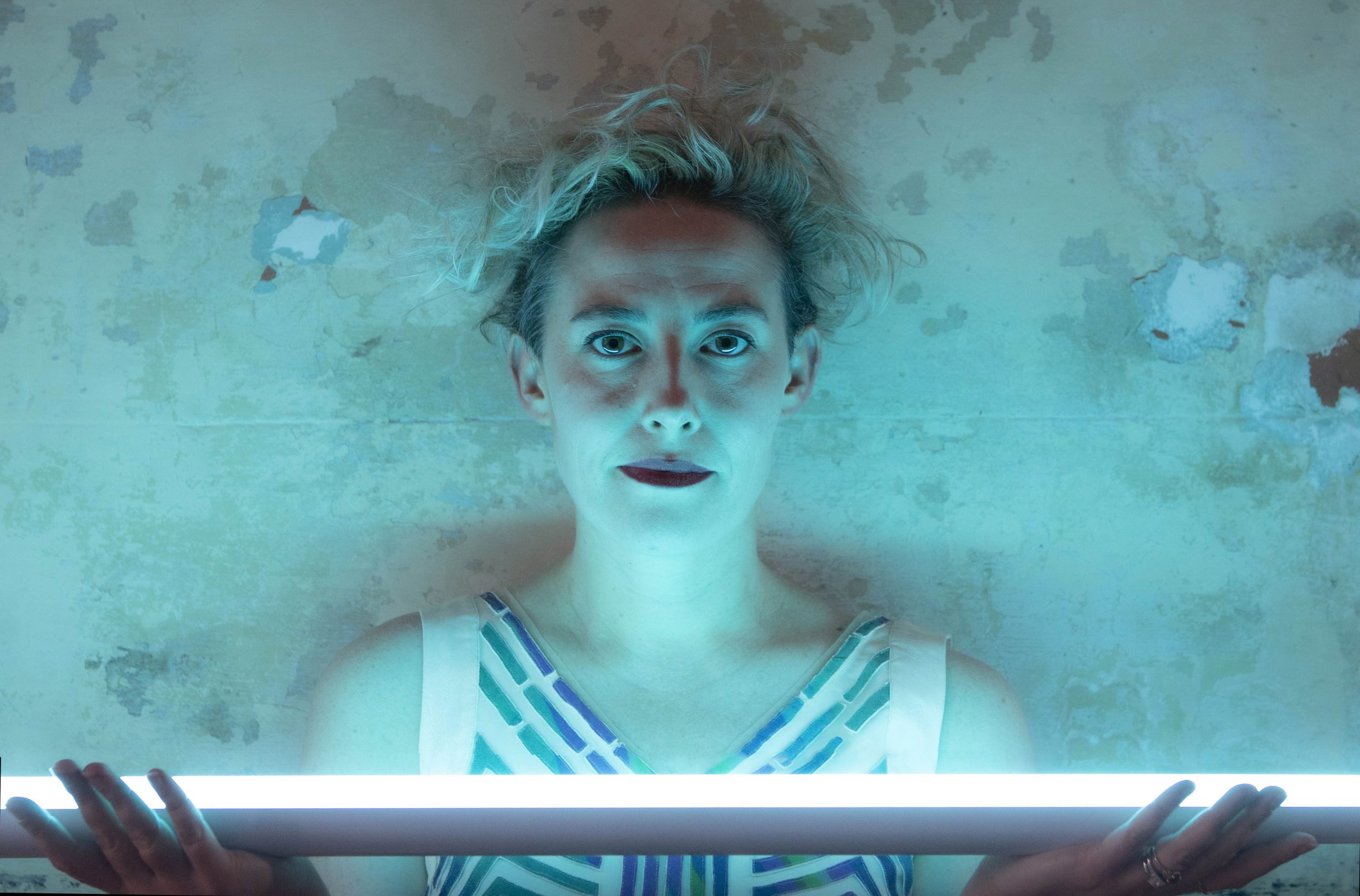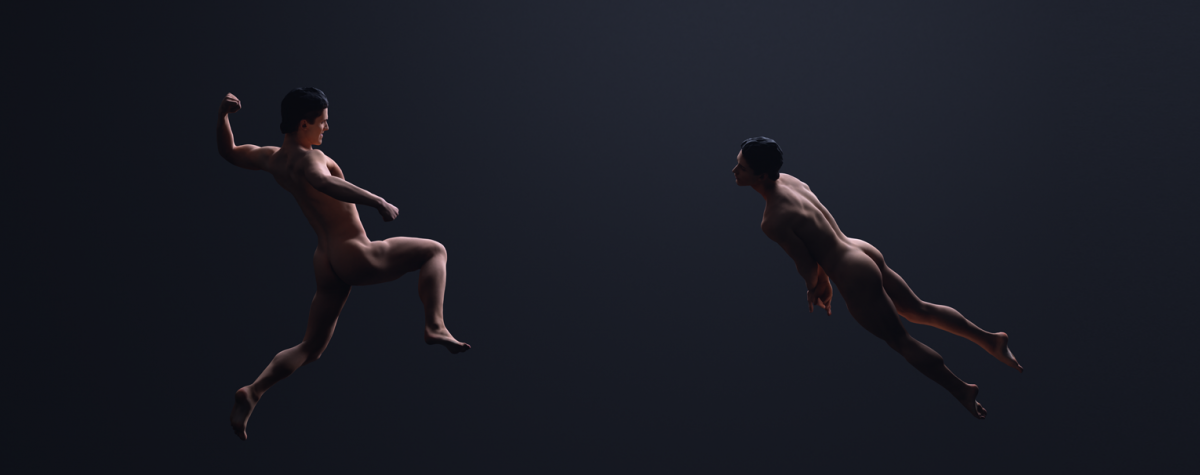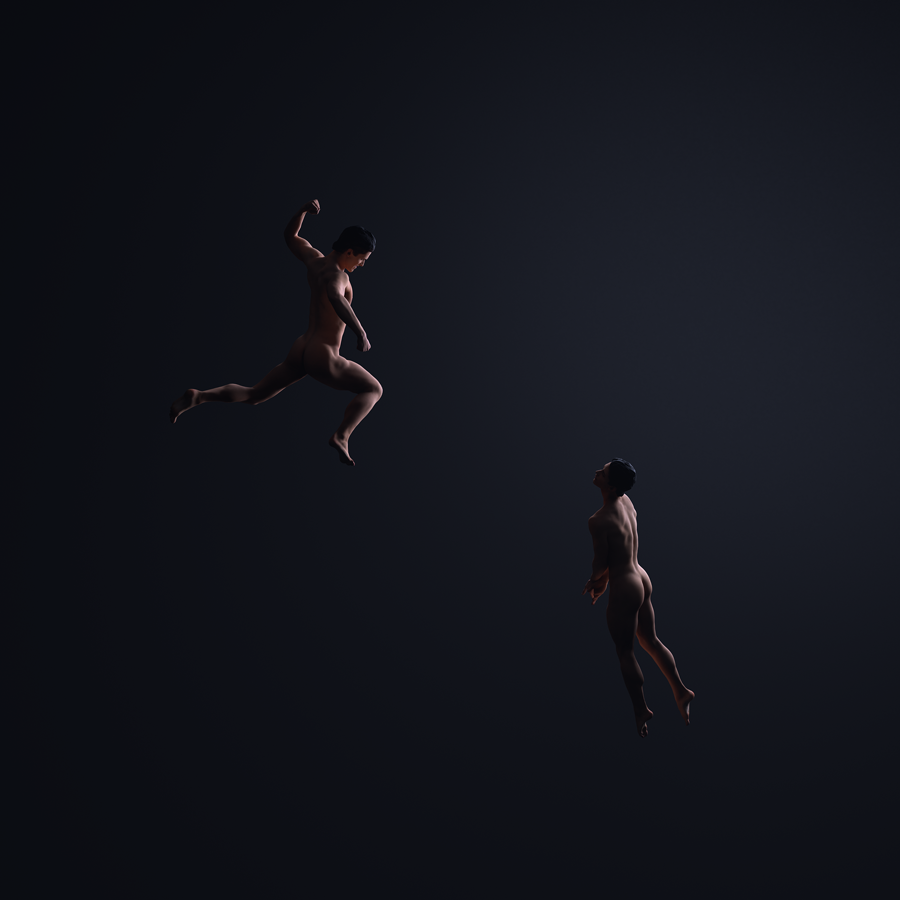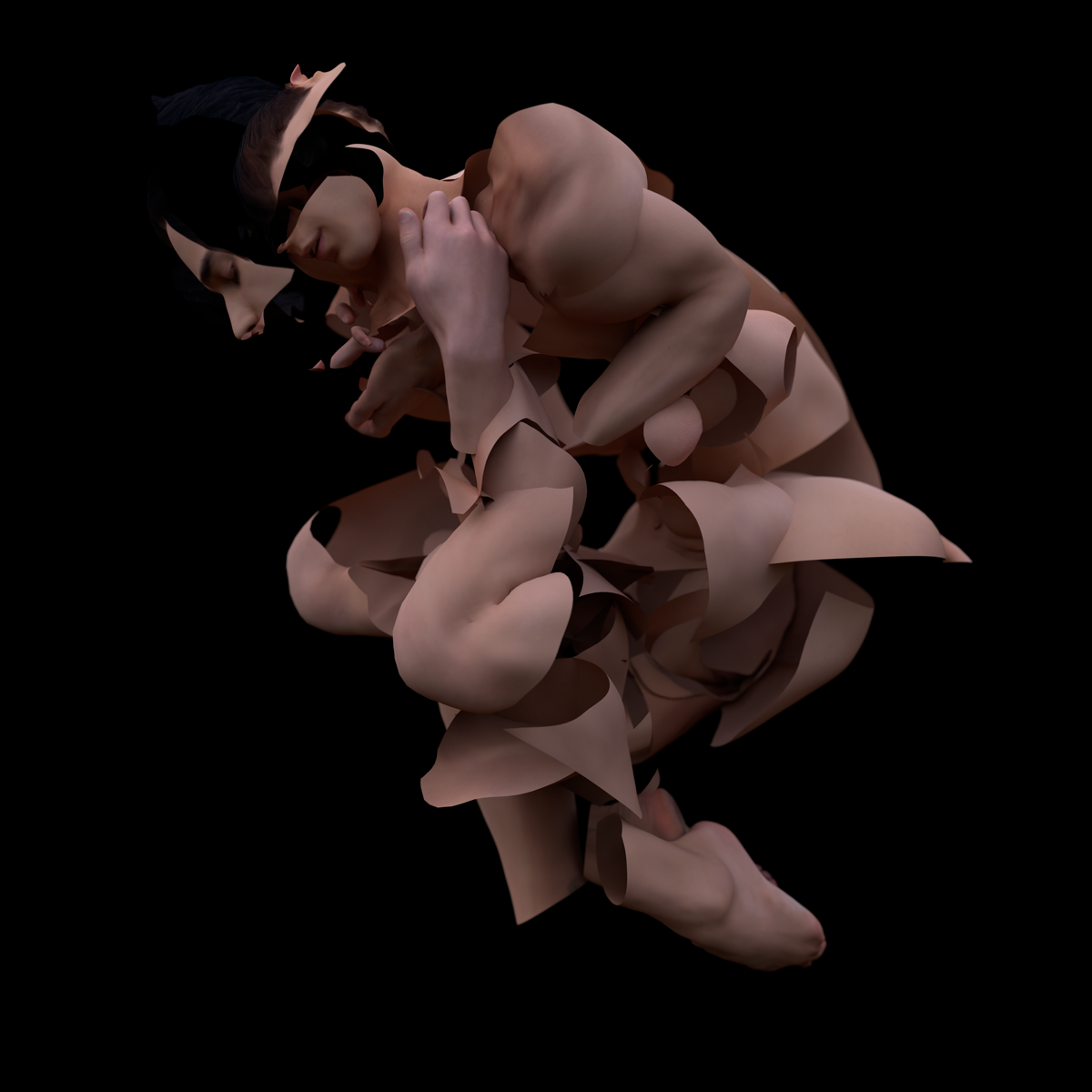2025 Resident artist
Alexander Berlage
SCO is proud to announce director and lighting designer
Alexander Berlage as 2025 Resident Artist.
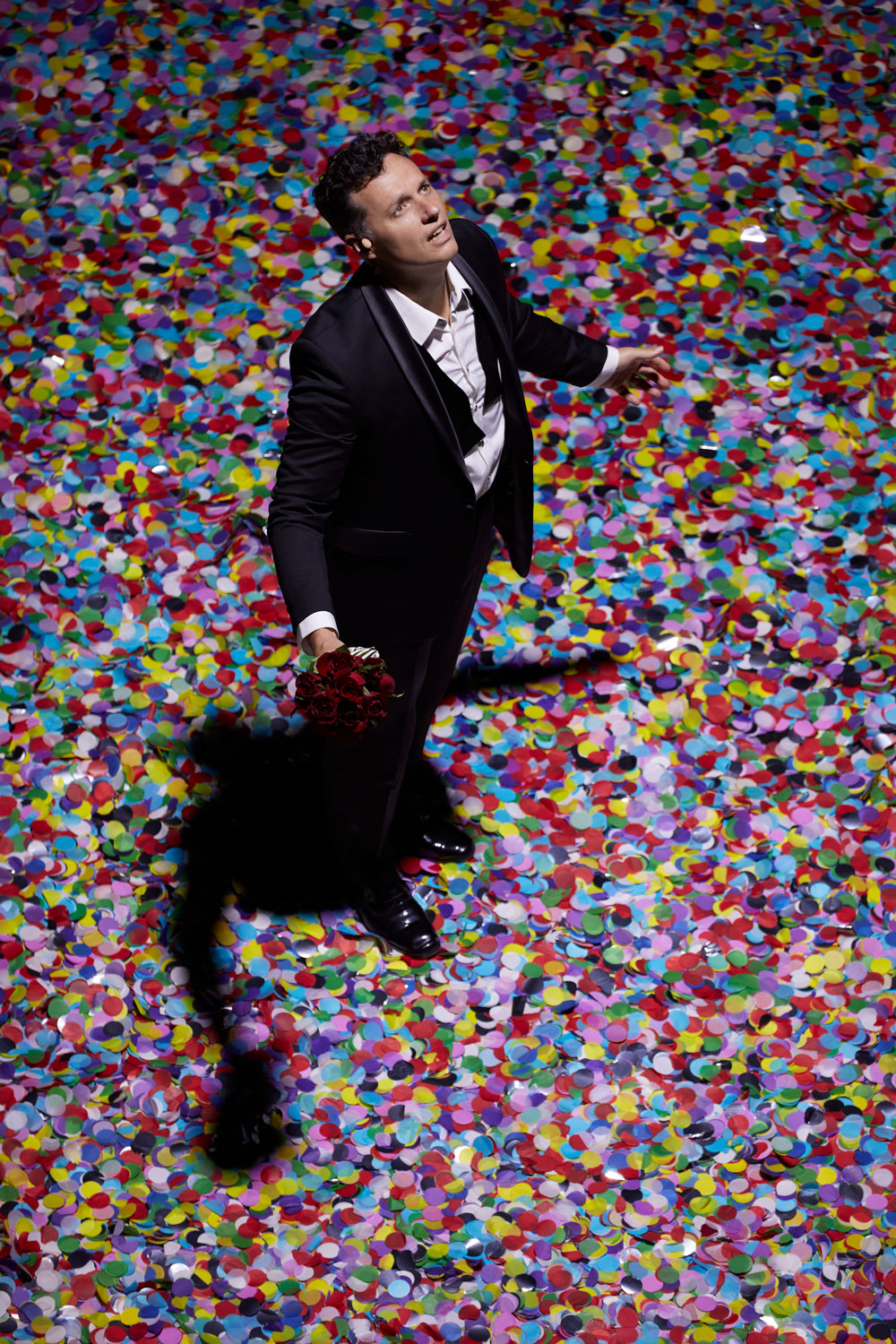
His skill in both directing and lighting inspired SCO to use Alexander in these two roles on an increasingly ambitious basis. He directed SCO’s 2020 Diary of One Who Disappeared for the Sydney Opera House’s digital series, which grew into a live presentation in 2021 Sydney Festival, Future Remains. In 2022, he lit the international co-presentation of Antarctica in the Holland Festival and Awakening Shadow at Carriageworks. After creating a stunning mise-en-espace for the Art Gallery of NSW in January for Cloud Music, Alexander will now direct and light Muhly’s Aphrodite. Over a period of ten years, SCO has sustained and supported the career of this major NSW artist and deepened his skills and collaborations across two theatrical disciplines.
The Diary of One Who Disappeared, Image by Craig Wall
WATCH ALEX
Keep in touch
General Inquiries
- contact@sydneychamberopera.com
-
SCO, Carriageworks
PO Box 3035 Redfern, NSW 2016
Postal Address -
SCO, Carriageworks
245 Wilson St Eveleigh, NSW 2015
Resident Address - (02) 8571 9106
